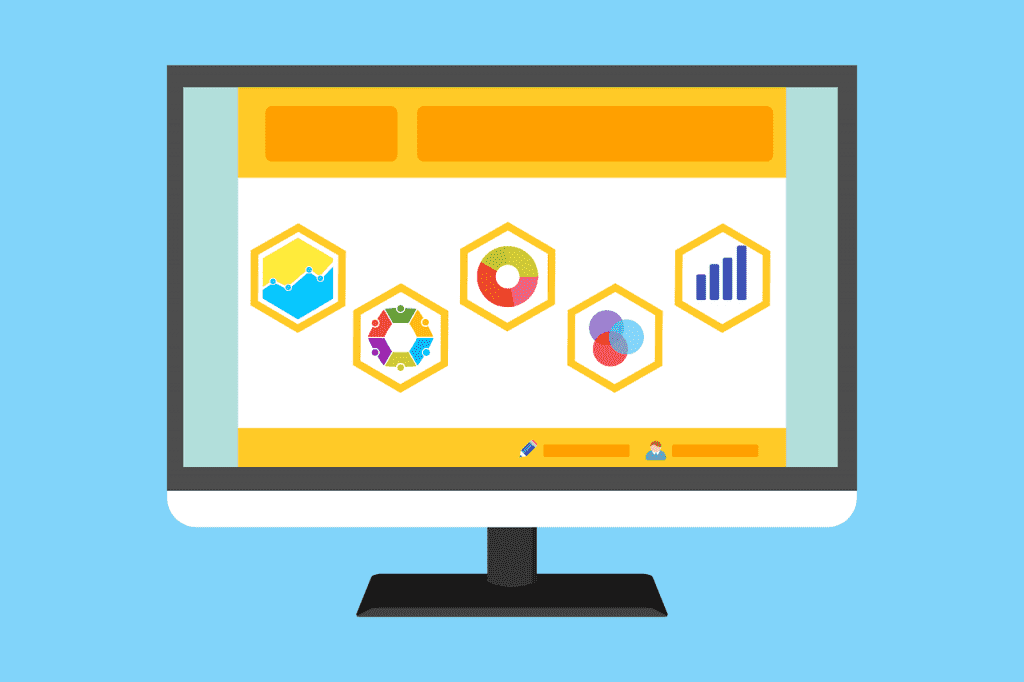You probably aren’t going to be creating your customer survey by hand, right?
And you almost certainly aren’t going to be manually collecting, sorting, and analyzing your data, either.
To make the survey process go as smoothly as possible – both for yourself and for your survey respondents – you’ll want to use tools that:
- Are easy to use
- Offer the necessary features and capabilities
- Are cost-efficient
Let’s briefly talk about each of these factors in terms of both your organization and your customers. Here are four factors to take into consideration while choosing the best customer survey software & tools.
1. Ease Of Use
This is probably a no-brainer, but the entire reason technology and tools exist in the first place is to make processes easier.
So, when looking for a customer survey-creation tool, you want to be sure it’s actually going to enable you to do what you need to do without adding any frustration to the mix.
More importantly, though, you absolutely want to be sure that your survey is easy for your customers to complete. If they face any kind of glitches while doing so, they’re much more likely to abandon the survey altogether than they are to stick around and figure out what the problem is.
Make sure the survey software you decide to use makes it easy for you to create your survey and even easier for your customers to complete it.
2. Features (For You)
On the back-end of things, the survey tool you use should allow for a number of customization options, such as the use of various question types and the implementation of survey logic (we’ll get more into these things later).
Such customization will allow you to tweak your survey to ensure that you can actually ask the question you want to ask. On the other hand, a tool that only allows you to create surveys with generic question types and the like will make it more difficult to actually reach the goal you’ve already set for your survey.
Also, the tool you use should automate the process of collecting and organizing data in a variety of forms. This will allow you to easily view the important data you’ve been seeking in a way that is most intuitive and understandable to your organization.
One last thing to consider is whether your tool of choice offers the ability to automate receipt confirmation and follow-up messages to your respondents. Keep this in mind for later on.
Before you pull the trigger and purchase a survey-design tool, make sure it does exactly what you need it to do. But be prudent, as well. An all-encompassing survey tool might actually offer too much for your current needs and may end up costing you more than it was worth.
3. Features (For Your Audience)
On the front end, you want to be able to design your survey so that it’s aesthetically pleasing to your audience.
Make sure the tool you choose allows you to customize the look and feel of your survey, so that your customers aren’t forced to stare at an ugly, poorly-designed form for your benefit.
In terms of what to look for, make sure your chosen survey tool allows you to align your survey with your brand’s color theme and overall style. It may seem trivial, but offering your customers a survey that looks and feels like it’s truly a part of the overall customer experience can make respondents more apt to engage with and fully complete your survey.
4. Other Resources
Before you dive into the process of creating and delivering your customer survey, you want to have a pretty good idea of what it will cost you in terms of resources such as time, money, and manpower.
To do so, you’ll need to think realistically about everything that conducting a customer survey involves:
- Survey Creation & Delivery: From question creation to design, actually creating a survey can (and should) be a time and resource-consuming process. Doing so involves input from a number of specialists, perhaps some of which you’ll be hiring on a freelance basis. Make sure you plan ahead to ensure your team has ample time to focus on developing your survey, or that your company can afford to hire out if needed.
- Responding to Surveys: As we’ll talk about a bit later on, responding to customers once they submit their responses is incredibly important – especially if they report having had a negative experience. Make sure you have resources set aside to communicate with respondents immediately, should the need arise.
Analyzing Results & Making Improvements: After you’ve conducted a survey, your work has only just begun. You’ll then need to dig into the data your customers have provided to determine how you can improve your company’s operations to better serve them. Of course, making these improvements will inherently require heavy resource allocation. Make sure you’re prepared to take this step to avoid having wasted all the time, money, and energy you’ve utilized up until this point.



